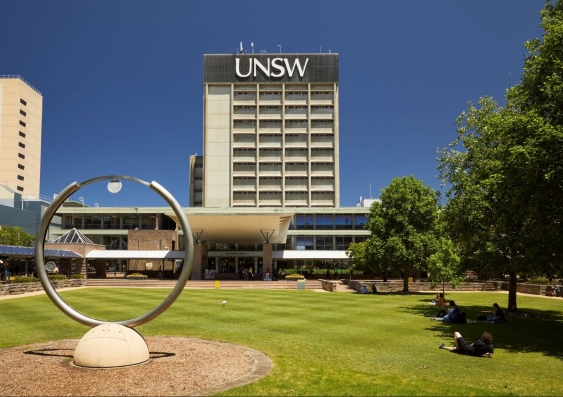UNSW among world’s best in global subject rankings
UNSW Sydney has excelled in the 2021 ShanghaiRanking’s Global Rankings of Academic Subjects, appearing in 52 of the 54 subjects ranked for the fourth consecutive year.
UNSW Sydney continues to be recognised as one of the world’s leading universities, being one of only nine institutions globally to have more than 50 subjects in ShanghaiRanking’s Global Rankings of Academic Subjects (GRAS) for 2021.
The University once again has more subjects ranked first in Australia (12 – the same as in 2020) and more in the top 50 globally (19) than any other Australian institution. Two UNSW subjects feature in the world’s top 10 – Mining & Mineral Engineering, and Water Resources, both in eighth place.
Subjects where UNSW ranked first in Australia were Aerospace Engineering, Atmospheric Science, Civil Engineering, Electrical & Electronic Engineering, Finance, Instruments Science & Technology, Library & Information Science, Mechanical Engineering, Psychology, Remote Sensing, Water Resources, and Management.
UNSW Deputy Vice-Chancellor, Research & Enterprise, Professor Nicholas Fisk congratulated everyone at the University for playing their part in such excellent results.
“It’s now five years on the trot that UNSW has come first or equal first for having the most subjects included in the international ranking. This is testimony to the breadth of our academic mission and firmly embeds our position as the world’s most comprehensive university,” he said. “Indeed we have missed out on only two subjects since GRAS began, Dentistry and Veterinary Science, subjects which UNSW does not do.”
ShanghaiRanking has published world university rankings by academic subjects since 2009. The Global Ranking of Academic Subjects was first published in 2017. The 2021 GRAS ranks institutions in 54 subjects across natural sciences, engineering, life sciences, medical sciences, and social sciences.
The methodology to determine the ranking includes the number of papers published, international collaboration and citation impact. The full methodology can be found here.

